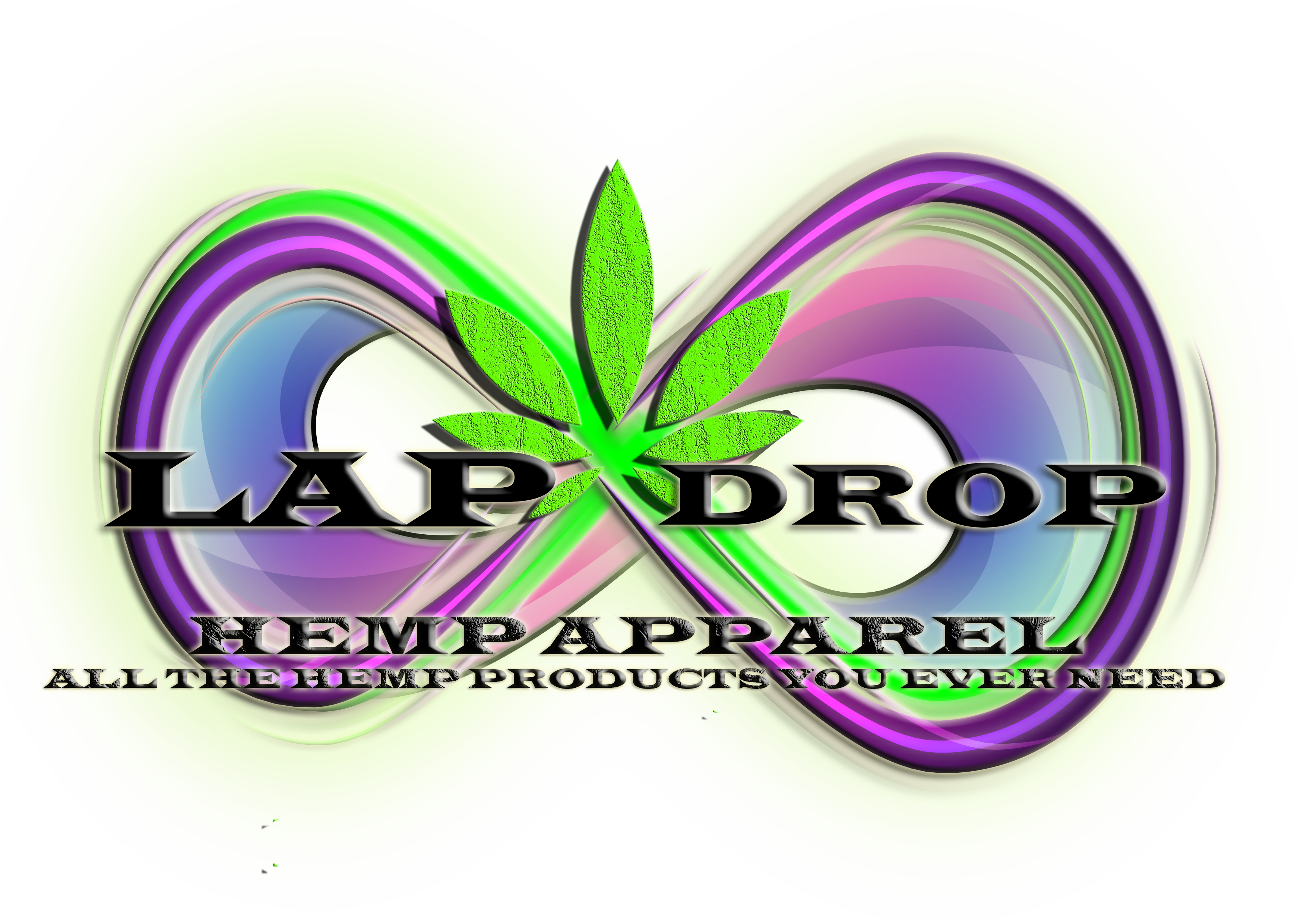Here are 35 key points comparing hemp and cotton:
Hemp is a fast-growing plant that requires less water than cotton.
Hemp can be grown without the use of pesticides, while cotton is a heavily pesticide-intensive crop.
Hemp can be grown on a wider range of soil types than cotton.
Hemp is a low-impact crop that does not deplete soil fertility, while cotton can require large amounts of fertilizers to maintain soil fertility.
Hemp is a renewable resource that can be grown sustainably, while cotton is a non-renewable resource that has a significant environmental impact.
Hemp fibers are stronger and more durable than cotton fibers.
Hemp fibers are also resistant to mold, mildew, and UV light, which makes them a good choice for outdoor and industrial applications.
Cotton fibers are softer and more breathable than hemp fibers, which can be rough and coarse.
Hemp requires less land per unit of fiber production than cotton.
Hemp can be used to make a wide range of products, including textiles, paper, bioplastics, and building materials.
Cotton is primarily used for textiles.
Hemp textiles are more absorbent and durable than cotton textiles.
Hemp fabrics have a unique texture and appearance that can be used for fashion and design purposes.
Cotton fabrics are more widely available and come in a wider range of colors and patterns than hemp fabrics.
Hemp can be used to make high-quality paper that is more durable than paper made from wood pulp.
Cotton is also used to make paper, but it is less durable and requires more processing.
Hemp can be used to make bioplastics, which are more environmentally friendly than traditional plastics made from fossil fuels.
Cotton is not typically used to make plastics.
Hemp can be used to make building materials, such as hempcrete, which is more sustainable than traditional concrete.
Cotton is not typically used to make building materials.
Hemp has been used for thousands of years for a variety of purposes, including textiles, paper, and medicine.
Cotton has been used for thousands of years primarily for textiles.
Hemp was historically used to make sailing ropes and canvas due to its strength and durability.
Cotton was historically used for clothing and textiles.
Hemp can be used to make fuel, such as biodiesel and ethanol.
Cotton is not typically used to make fuel.
Hemp seeds and oil are a rich source of nutrition and can be used in food and dietary supplements.
Cotton seeds are also used in food products, but they are not as rich in nutrition as hemp seeds.
Hemp is a more sustainable crop than cotton and can be used in sustainable agriculture practices, such as crop rotation and intercropping.
Cotton production has a significant environmental impact, including water pollution and soil degradation.
Hemp is a versatile crop that can be used for a wide range of applications, while cotton is primarily used for textiles.
Hemp is a low-impact crop that has the potential to be a sustainable alternative to many non-renewable resources.
Cotton is a non-renewable resource that has a significant environmental impact and may not be sustainable in the long term.
Hemp has been gaining popularity in recent years as a sustainable and versatile crop.
Cotton remains a popular and widely used material, but there is growing interest in sustainable alternatives like hemp.




